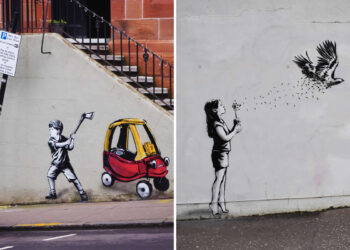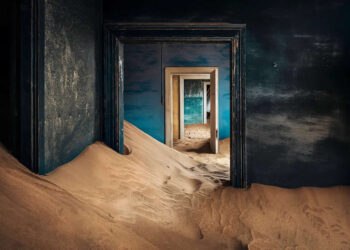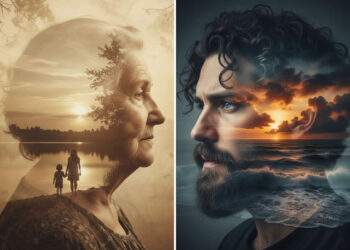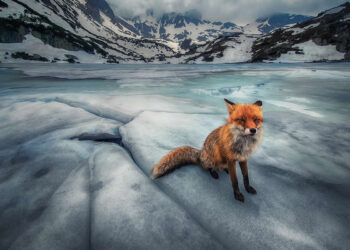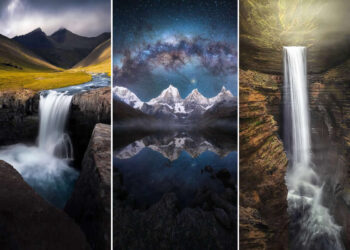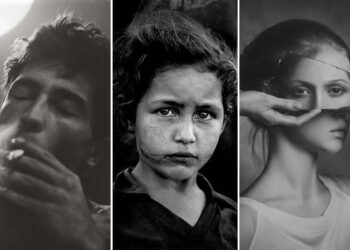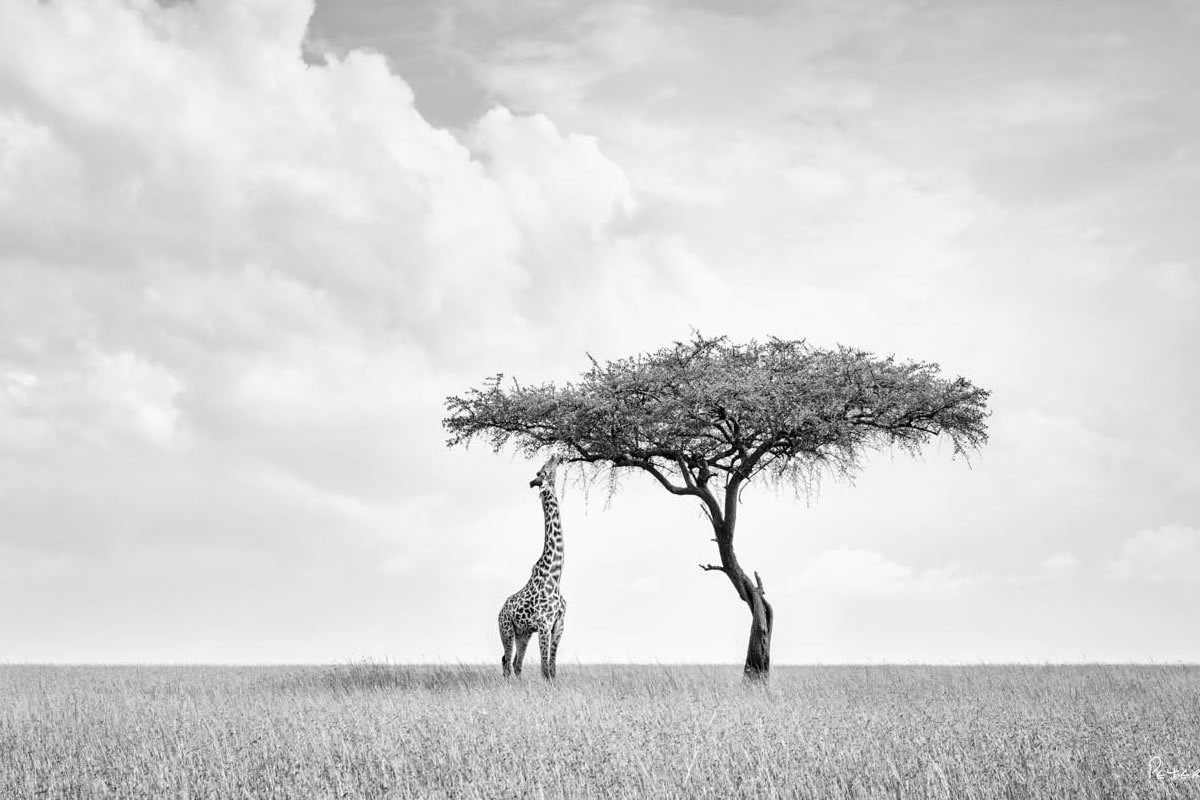War photography is one of the most courageous and vital forms of visual storytelling. In the face of chaos, destruction, and unimaginable suffering, war photographers choose to stand on the front lines—not to fight, but to document. Their images pierce through the fog of propaganda and sanitized headlines, revealing the raw, often horrific realities of conflict. These brave individuals risk their lives not for fame, but for truth. They capture moments of despair, bravery, humanity, and injustice—moments that history cannot afford to forget.
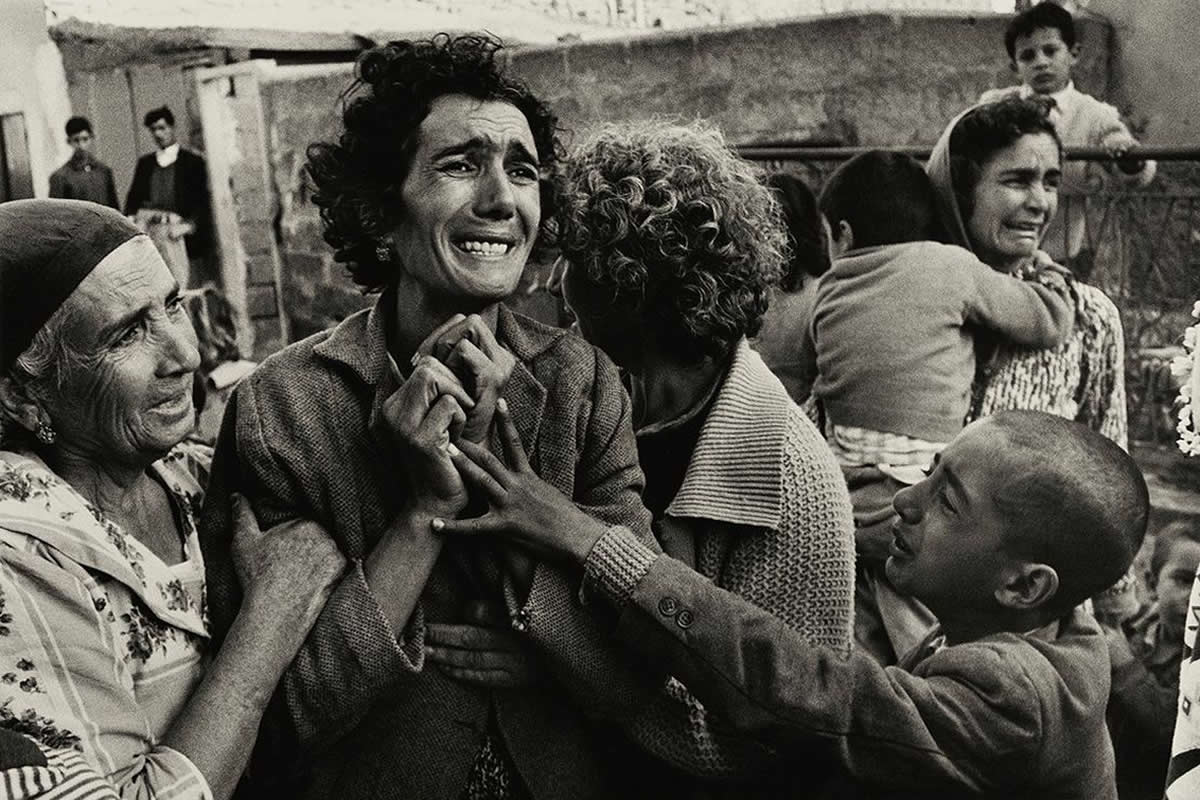
Photo by: Don McCullin
Through their lenses, they show the world what it means to live in war zones, what civilians endure, and how soldiers survive. Their work challenges political narratives, stirs public consciousness, and becomes undeniable evidence of both heroism and horror. These photographers don’t just take pictures—they shape how we understand conflict.
In this article, we spotlight ten war photographers whose work changed the way we see war. Each one brought truth into focus, often at great personal cost. Their stories and images serve as both history and warning, reminding us of the human toll behind every conflict.
1. Robert Capa
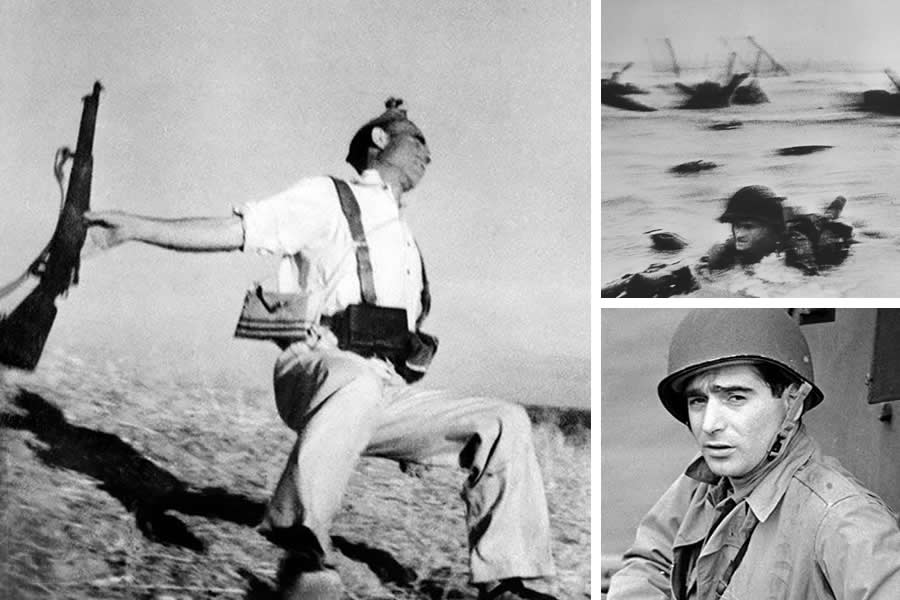
Robert Capa is arguably the most iconic war photographer of the 20th century. Known for his motto, "If your pictures aren’t good enough, you’re not close enough," Capa believed in getting as near as possible to the action. He co-founded Magnum Photos and covered five wars, including the Spanish Civil War, World War II, and the First Indochina War.
His most famous image, "The Falling Soldier," is one of the most powerful war photos ever taken—allegedly capturing the exact moment a soldier was shot. Capa’s D-Day photographs, shot alongside Allied troops at Omaha Beach, are grainy, chaotic, and deeply human. He risked everything to show war’s unfiltered reality. Tragically, Capa died in 1954 after stepping on a landmine in Vietnam. His legacy lives on as a symbol of bravery and journalistic integrity in the face of war.
2. James Nachtwey
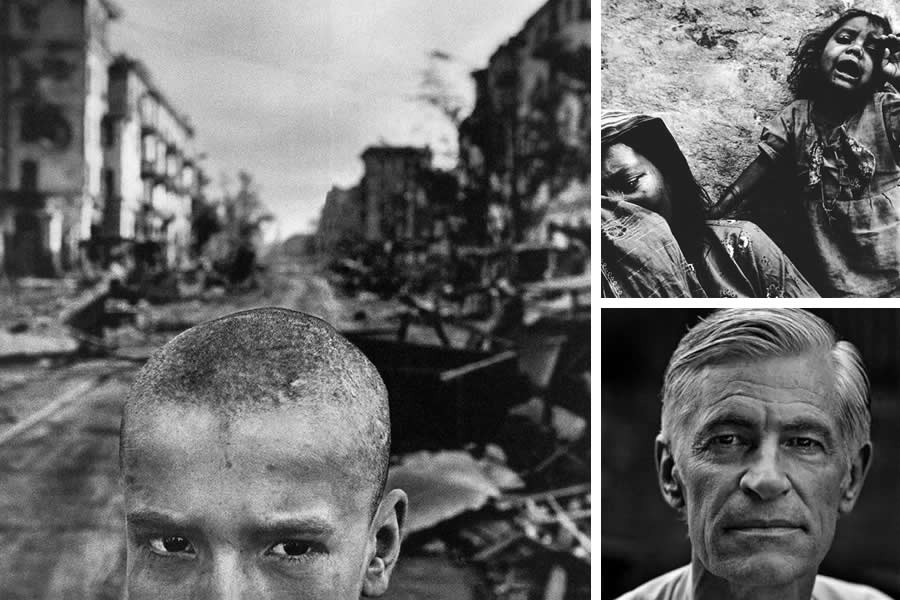
James Nachtwey has spent over four decades documenting some of the most violent conflicts and humanitarian crises of our time. His black-and-white photographs convey a deep sense of empathy and urgency. From Rwanda’s genocide to the wars in Iraq and Afghanistan, Nachtwey’s work captures suffering with dignity. He doesn’t just document violence—he gives voice to victims, making the invisible visible.
Nachtwey was gravely wounded in Iraq in 2003 but returned to photography after recovery. A recipient of numerous awards, including the TED Prize, he remains committed to using photography as a tool for social change. His stark, haunting images force us to confront the consequences of war, famine, and political injustice.
3. Don McCullin
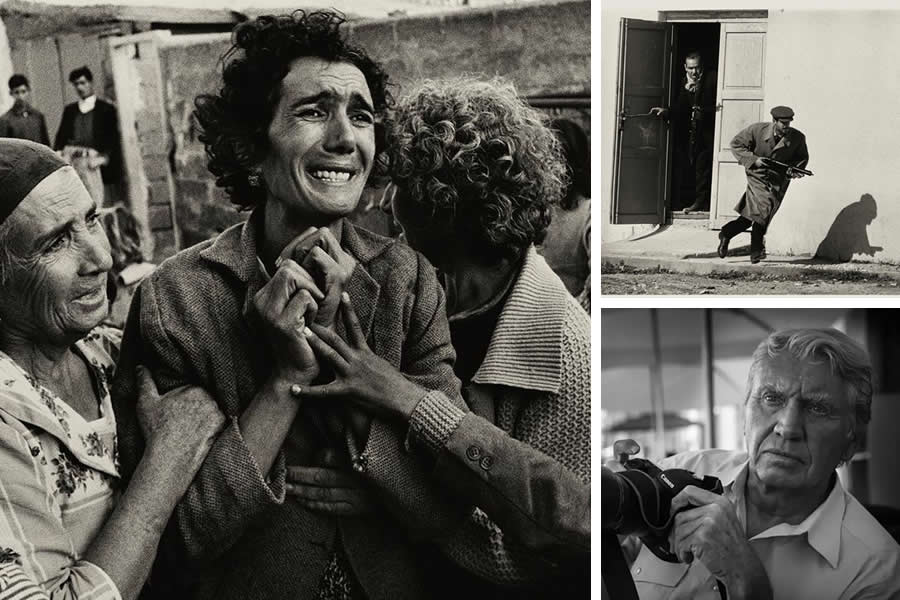
British photographer Don McCullin is renowned for his harrowing coverage of conflicts from Vietnam to Northern Ireland. Unlike some contemporaries, McCullin never glamorized war. His work often focuses on the suffering of civilians and the aftermath of conflict. His powerful portraits of wounded soldiers, grieving families, and bombed-out cities are as emotionally resonant as they are visually striking.
McCullin’s haunting photo of a shell-shocked U.S. Marine in Vietnam remains one of the most unforgettable images of war. In his later years, he shifted toward peaceful landscapes, seeking personal solace after years of witnessing trauma. Still, McCullin’s war photography remains a testament to his unflinching eye and ethical responsibility.
4. Lynsey Addario
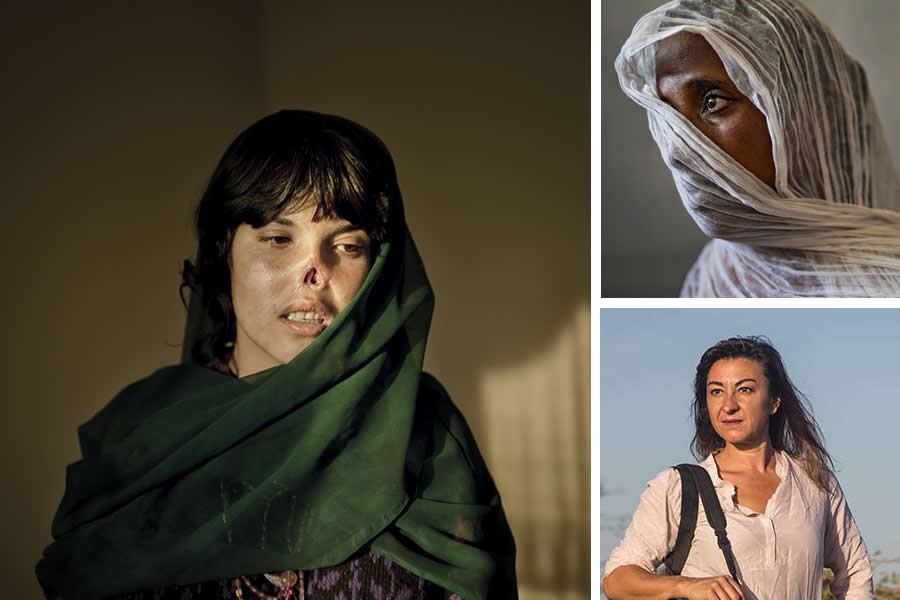
Lynsey Addario is a Pulitzer Prize-winning American photojournalist whose work spans Afghanistan, Libya, Iraq, and Sudan. As one of the most prominent female war photographers, she has broken barriers in a male-dominated field. Addario’s images are deeply personal and often highlight the impact of war on women and children.
She was kidnapped in Libya in 2011 and held for several days, yet returned to conflict zones with renewed resolve. Her memoir, "It’s What I Do," offers a gripping look into the life behind the lens. Addario’s commitment to documenting both violence and resilience makes her work essential in understanding modern warfare’s human cost.
5. Tim Hetherington
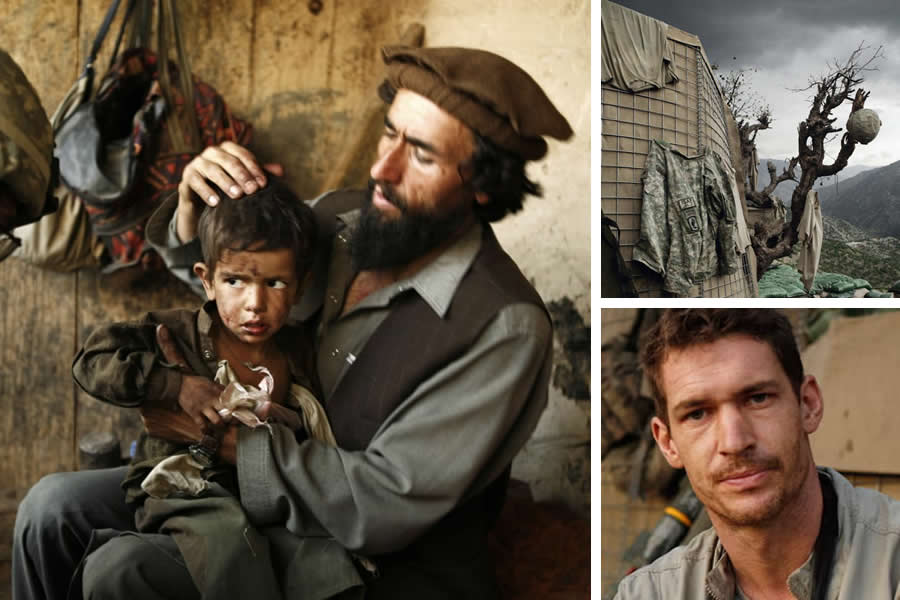
Tim Hetherington was a British-American photojournalist and filmmaker known for his intimate portrayal of soldiers in combat. His work on the Oscar-nominated documentary "Restrepo," co-directed with Sebastian Junger, offered an unprecedented look at the lives of U.S. troops in Afghanistan.
Hetherington’s photographs captured not just the violence of war but also moments of vulnerability, brotherhood, and introspection. His ability to connect with his subjects made his images emotionally powerful. Tragically, he was killed in 2011 while covering the Libyan civil war. His death was a major loss to journalism, but his work continues to influence how conflict is portrayed in visual media.
6. Lee Miller
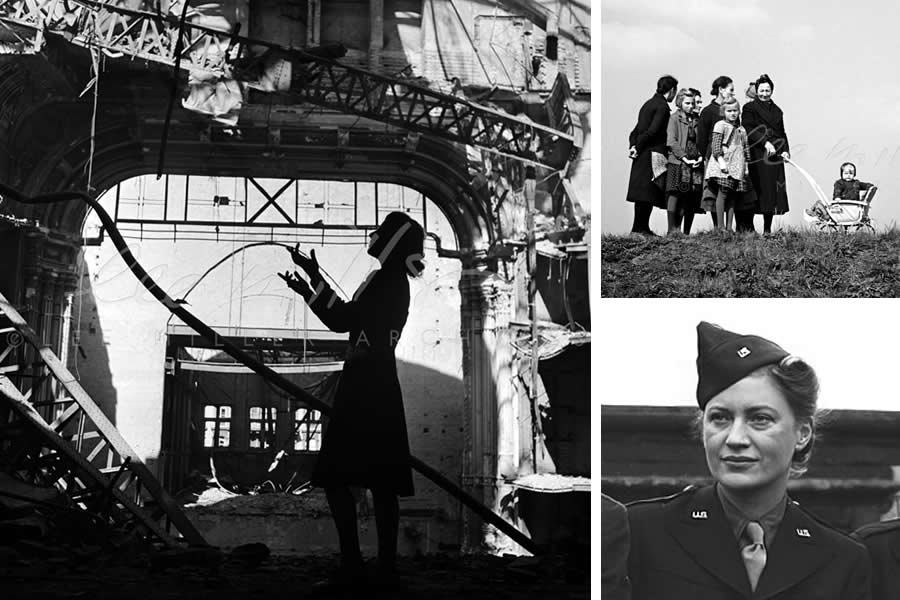
Lee Miller’s life was as extraordinary as her photography. A former fashion model turned war correspondent, Miller worked for Vogue during World War II and became one of the first female photojournalists to document combat zones. She photographed the London Blitz, the liberation of Paris, and even Hitler’s apartment just days after his death.
One of her most famous images is a self-portrait taken in Hitler’s bathtub, symbolizing personal and political defiance. Miller’s work captured not only the devastation of war but also the resilience of women and civilians. Her unique perspective and fearless approach made her a trailblazer in both art and journalism.
7. Gilles Peress
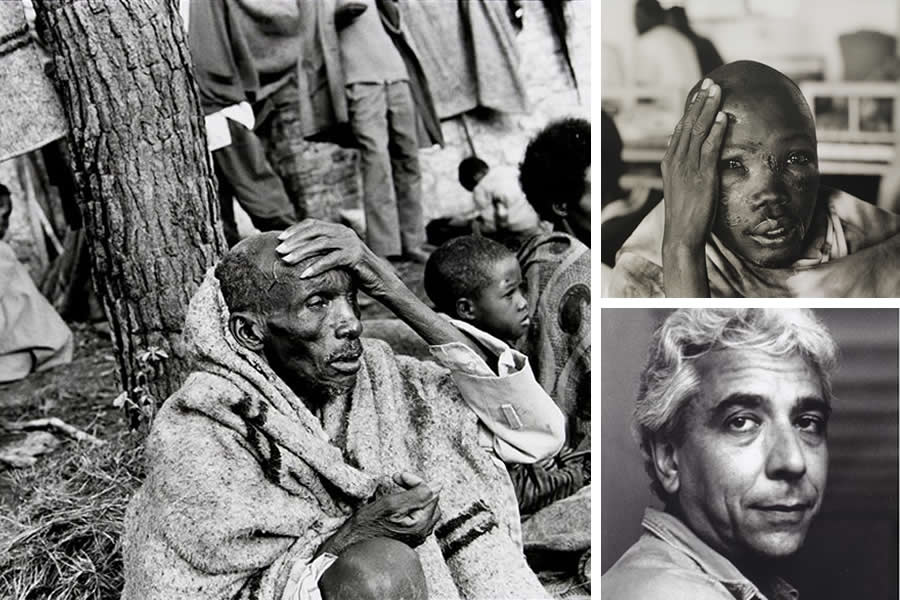
French photographer Gilles Peress has covered some of the most complex conflicts of the late 20th century, including the Troubles in Northern Ireland, the Rwandan genocide, and the wars in the Balkans. His work goes beyond simple documentation—his images explore the structure and consequences of violence. Peress’s style is immersive, often accompanied by detailed captions and narrative frameworks that challenge viewers to engage deeply.
His long-term project "Hate Thy Brother" examines ethnic conflict and collective trauma. Peress is a firm believer in photography as a tool for memory and accountability, making his work indispensable in historical and humanitarian contexts.
8. Anja Niedringhaus
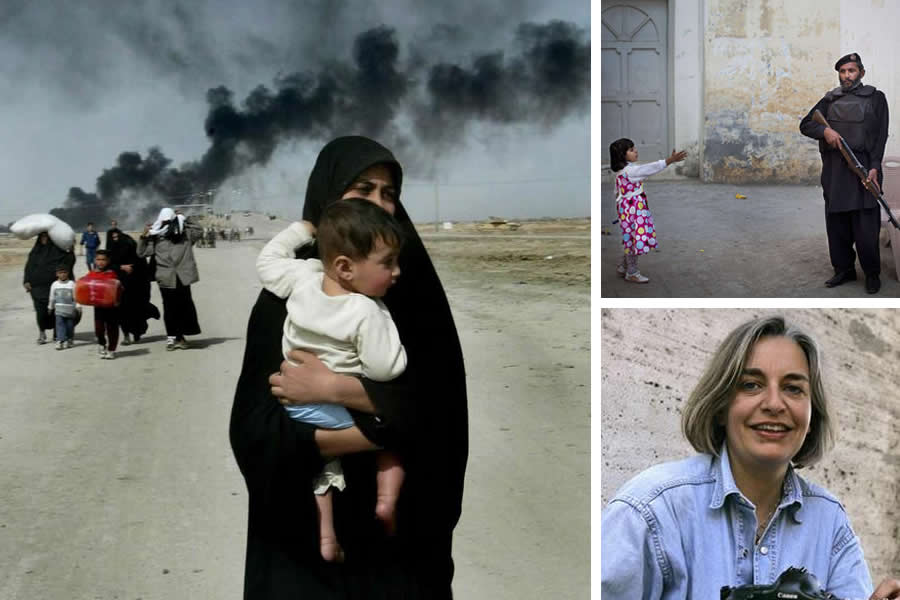
Anja Niedringhaus was a German photojournalist and Pulitzer Prize winner who covered conflicts in the Middle East, Afghanistan, and the Balkans. Known for her fearlessness and compassion, Niedringhaus’s work often focused on civilians caught in war, particularly women and children. She was a staff photographer for the Associated Press and captured powerful, emotionally raw moments that humanized the headlines.
Her image of an Afghan girl playing with her siblings amid rubble exemplifies her eye for finding hope in despair. She was tragically killed in Afghanistan in 2014 while on assignment. Her legacy is one of courage, empathy, and unwavering dedication to truth.
9. David Douglas Duncan
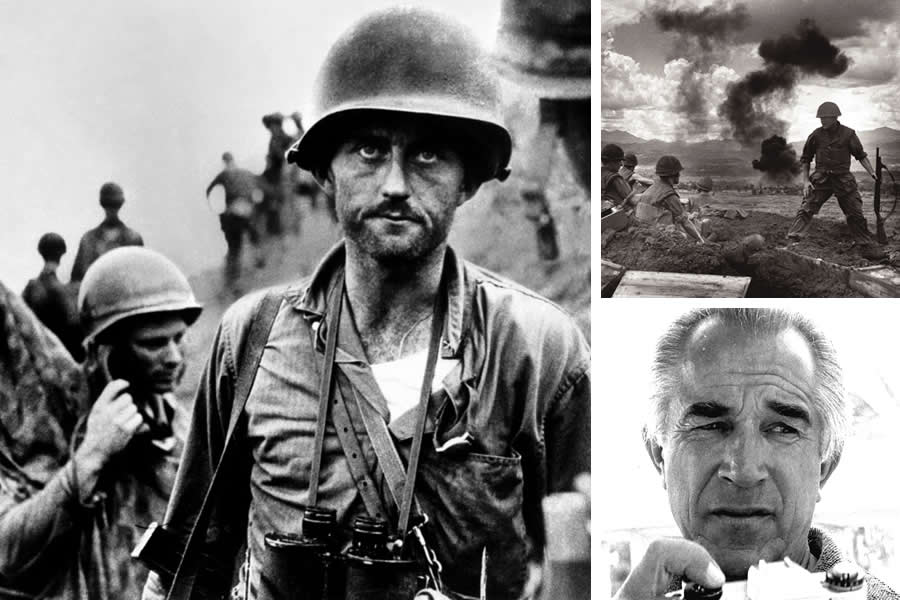
David Douglas Duncan is best known for his work during the Korean and Vietnam wars. A former Marine, Duncan had unparalleled access to the front lines, allowing him to capture intimate and candid moments of soldiers in battle. His photos were raw, direct, and often unfiltered by censorship.
Duncan’s long-standing friendship with Pablo Picasso also led to a unique body of work, but it’s his war photography that cemented his legacy. His 1951 book "This Is War!" is still regarded as a landmark in combat photography. Duncan’s images remain a powerful reminder of the human experience in wartime.
10. João Silva

João Silva is a South African war photographer who has covered conflicts across Africa, the Middle East, and Asia. A member of the famous "Bang-Bang Club" in South Africa, Silva documented the violence of apartheid’s final years. He later worked extensively in Iraq and Afghanistan for The New York Times.
In 2010, Silva lost both legs to a landmine in Afghanistan but returned to work after recovery—a testament to his resilience and dedication. His photography combines aesthetic strength with journalistic urgency, often focusing on the intersection of war and humanitarian crisis. Silva’s work is a powerful tribute to the enduring role of photojournalism in holding truth to power.

